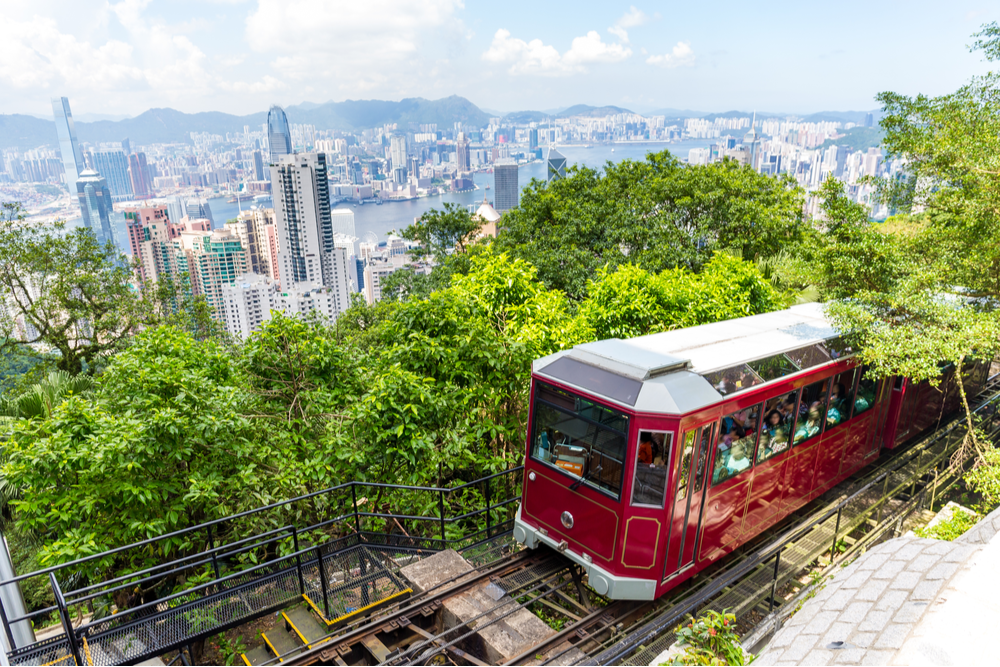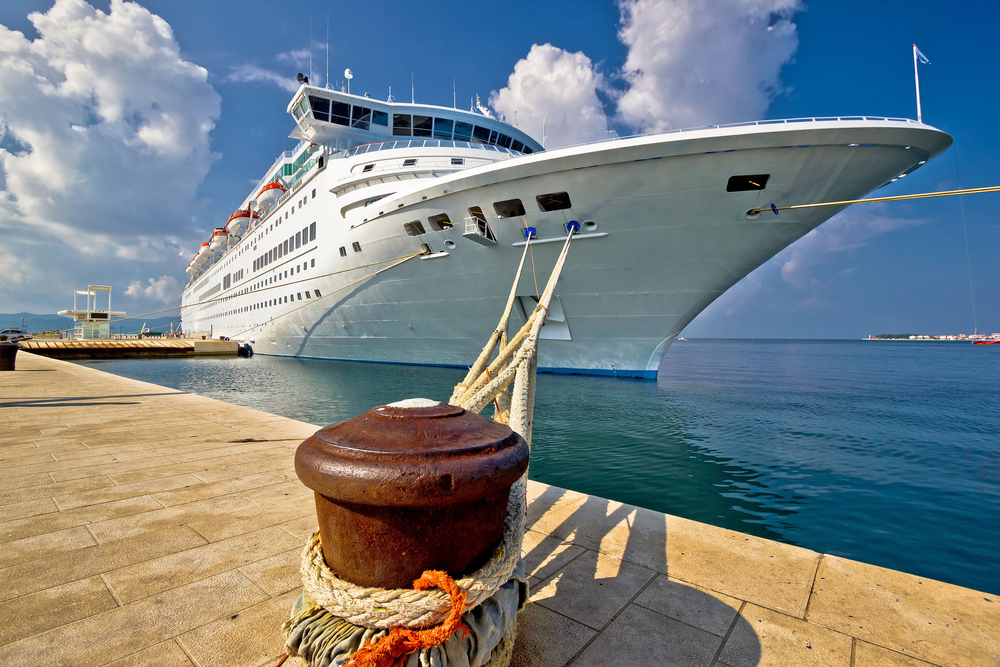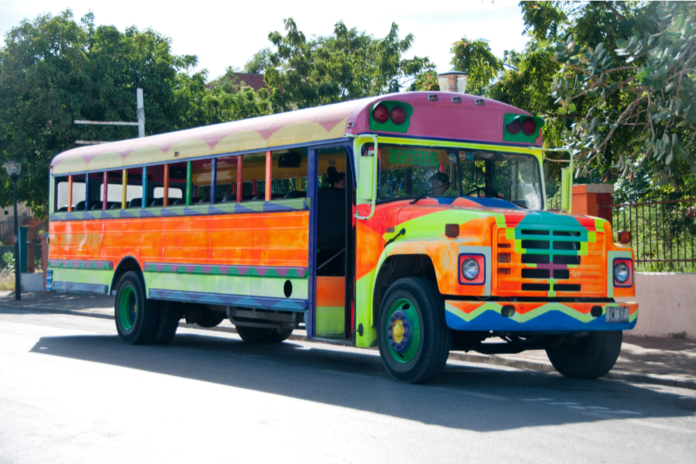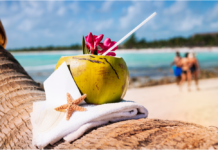Tourism is a multi-billion dollar global industry. It occurs internationally, regionally and even intra-nationally. This industry also happens to be a mainstay of many regional bodies in the Caribbean whether it serves as a primary source of revenue or a vital source of foreign exchange for even the most industrialized state. Yet, with respect to transportation, many only consider the act of receiving tourists. The ‘how can we get them here’ is prioritized while the matter of ‘how they get around while they’re here’ gets unfortunately overlooked. With everything from tropical sights to cuisine and festivals on offer, we should reconsider our approach. After all, being able to do more, see more and enjoy more at the same time is a guaranteed way of ensuring repeat customers.
A Titanic Industry
According to Transport Geography, tourism employs more than 10% of the global population and accounts for almost 30% of commercial and service-based transactions. Additionally, consider that, as per findings from the International Transport Forum more than 44% of Switzerland’s nature hikers utilize public transport to navigate the country. This trend repeats across the world irrespective of locale or a nation’s size. Consequently, Tourism Notes highlights that up to 40% of a tourist’s expenditure can be dedicated to transportation. In fact, the very nature of transportation itself is oftentimes an integral part of the experience, particularly when it’s made to be scenic or combined with other sensory experiences. Keep all these factors in mind as we zero in on our own unique regional realities.

The Caribbean Question
The Caribbean isn’t a large region but it can offer visitors an experience in a tropical paradise. Given the minute size of the average island, speed isn’t always necessary. In an environment like that, what’s known as ‘unconventional’ forms of transportation may find themselves blossoming according to the International Journal of Tourism Research. For example, one such unconventional medium is trams and, in a high tech, modern city such as Hong Kong where bullet trains and shuttles of all kinds exist, many tourists still find themselves drawn to the rustic and ubiquitous tram. The reason is simple. While trams aren’t fast they offer a more relaxing, slower-paced, ‘scenic’ means of getting from one place to the next. You can sit back, take in the sights and even have a tour guide or other experiences onboard, given the nature and provider in question.
Economies Of Scale That Empower Small Businesses
Going back to the Caribbean, we aren’t short of memorable sights be it our colonial era architecture, flora, fauna and our seasonal delights such as Carnival and other festivals. With organization and oversight from state actors and private investors, all of these potential avenues can be explored. Consider city trams, operating for tourists that pass in synchronistic flow with band routes, aerial trams along hills and nature reserves such as to Trinidad’s Maracas Bay and those operating in conjunction with other service provider stops such as eateries, musical venues and so on. With a proper transportation plan, local businesses both small and large could benefit from investment in such an initiative. Thus, the potential startup costs will be offset by long term gains, eased traffic congestion on roads and the greater likelihood of repeat business. The only liable downside to trams is that, like cruises, they’re likely to be a seasonal form of transportation with peaks and dips.

On the other hand, a more viable year-round transportation option involves creating an Uber-like entity, again with the organization and investment of both state and private actors. This will consolidate small taxi and shuttle operators under a single umbrella and be integrated with an app under a registered database. This app will allow users to track the location of their potential ride, how far it is from arrival, the current route being taken on a map as well as other relevant info. Additionally, this level of transparency adds a greater degree of security for the user and oversight without direct, rigid state control.
It’s worth noting that the above, intra-island means of transportation could and should be merged not only with Festival Tourism which is seasonal but also with year round ecotourism. Hikes, nature tours and fitness, as well as meditative programmes within nature, are all forms of ecotourism that almost every Caribbean state can indulge in with the right policy, investment and respect for environmental preservation.
Zeroing In On Mass Transportation
On the other hand, there’s also the matter of mass transportation to consider. Though cruise ship tourism and conventional air transport is already established and, depending on the territory, thriving, there’s always more that could be done to improve the overall situation. Take cruise ships for example. According to a piece on Transport and Tourism, by Dr Jean Paul Rodrique, cruise tourism accounts for about 22 million tourists each year as of 2015. However, figures show that most of the actual spending by these tourists takes place on the cruise ship itself. Thus, the bulk of the profits usually go to foreign corporations operating these cruises. On the other hand, this doesn’t apply to air transport.

Things can still be done to assist this predicament. Regional inter-government cooperation can help streamline and ease the flow of tourists into all territories. Multi-island cruises and airline packages can benefit from policies and reduced bureaucratic red tape making transportation, arrival and operation easier both for tourists and business entities.
It is undeniable that transportation is the back upon which the tourism industry is built. In a rapidly changing economic climate, Caribbean nations are all obligated to continually reassess their situation and maximize their potential. With carnival just around the corner, it will be prudent to plan ahead for future seasons in the years ahead.


















